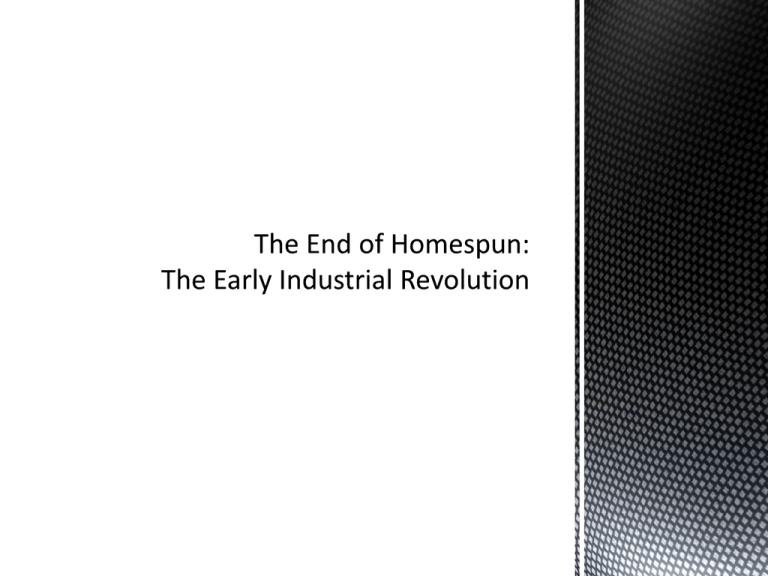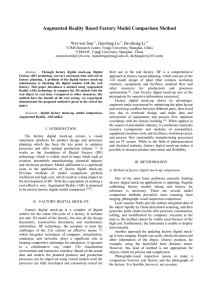Document 14299413
advertisement

The factory system Continental expansion Commercial agriculture Cheaper goods were produced which increased peoples’ standard of living. Artisan skills were lost. Immigrants, women, and children were exploited as a labor source. Accumulation of wealth widened. Thousands moved to urban areas looking for factory jobs. Social problems increased. Government protection of rights to inventions Government support for crucial developments in transportation Development of corporations with limited liability An improved educational system Improved markets and cheap labor with the move from farm to factory The Embargo and War of 1812 stimulating a need for domestic manufactures Eli Whitney’s concept of interchangeable parts Samuel Slater’s mill Oliver Evan’s steam engine Increased immigration to provide cheap labor Government control over interstate commerce and government protection of the sanctity of contracts (or corporate charters) New sources of investment capital during War of 1812 Stable currency under the Second Bank of the United States In the early years of the nineteenth century, government policies disrupted commerce with foreign nations; however, the government, at the same time, created a climate that served as a catalyst for early industrialization.



